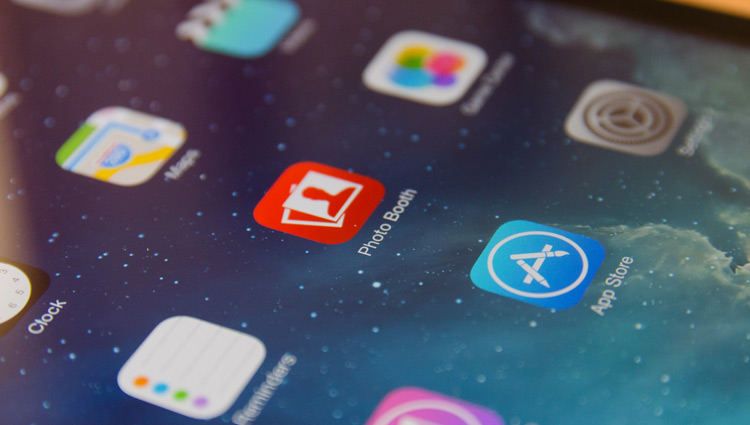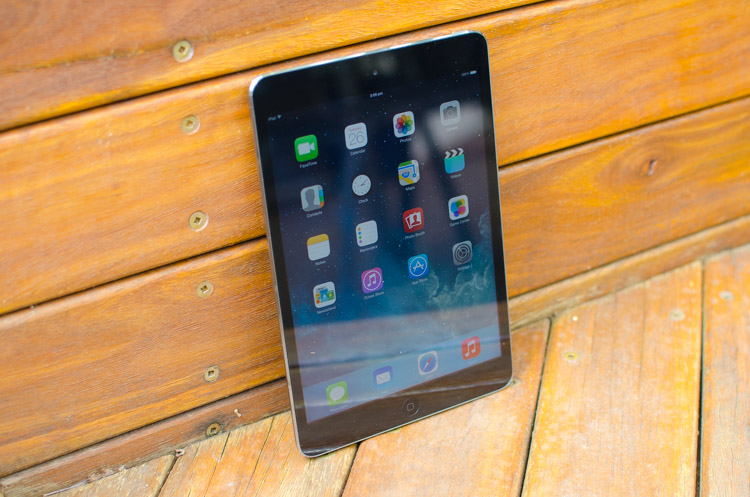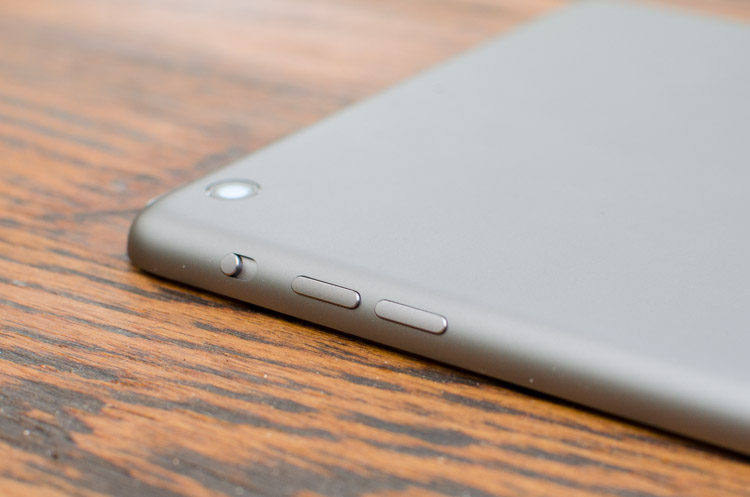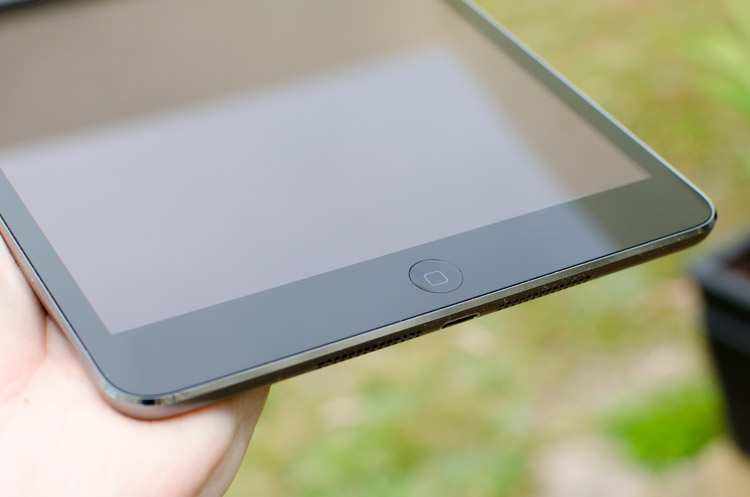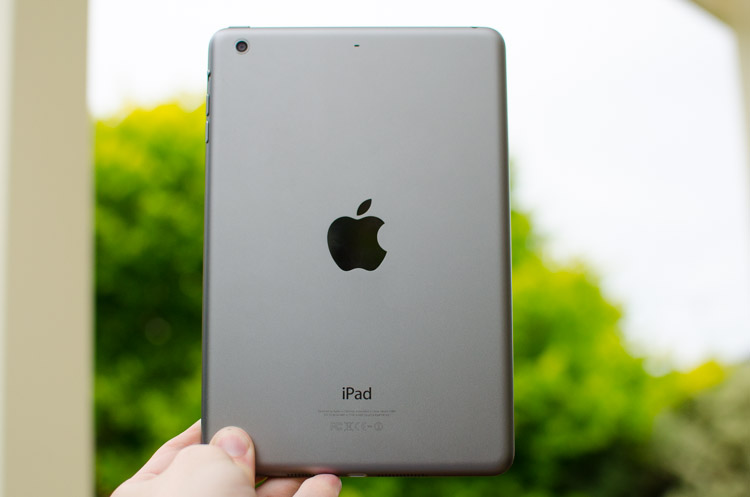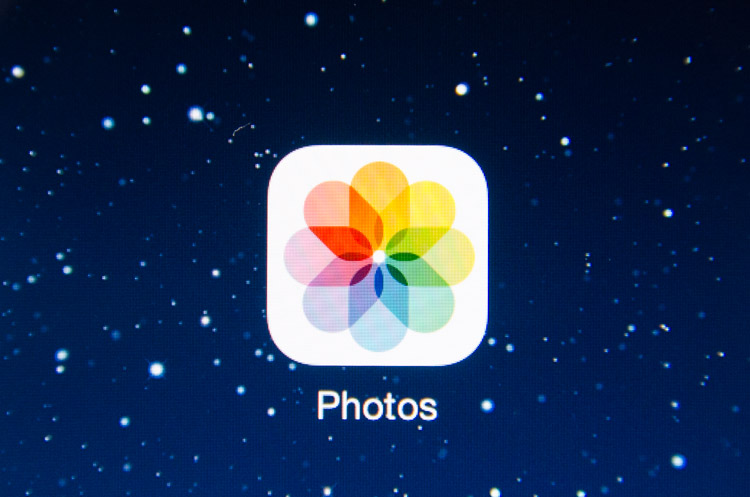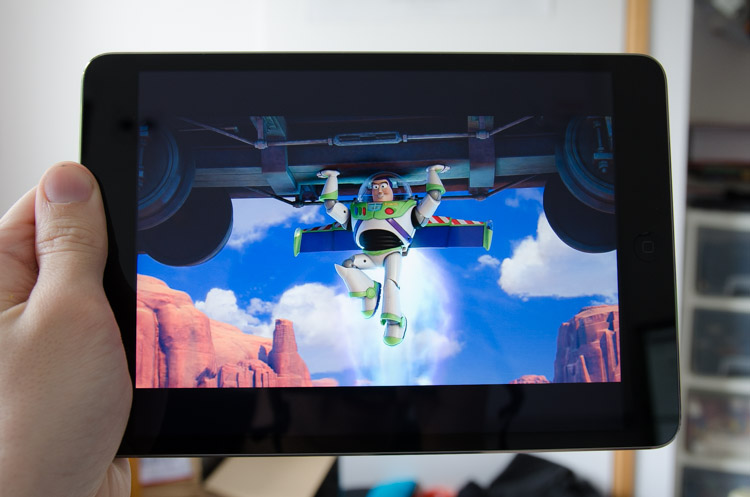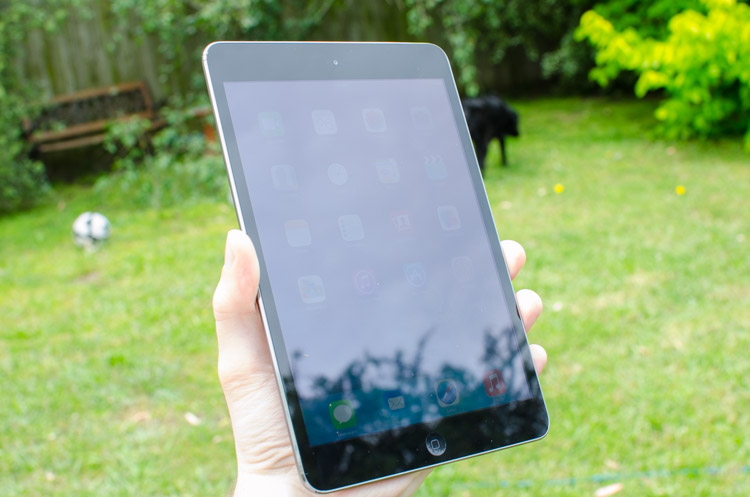Each and every year, Apple refreshes their tablet line-up with new hardware and new features. The full sized iPad got faster, lighter, slimmer and even received a new name (iPad Air), while the second-generation mini is more impressive than ever, thanks to a major update.
Apple iPad mini (2nd-gen) - $399 - $829
- 7.9", 2048 x 1536 IPS LCD display (326 ppi)
- Apple A7 SoC
- 1.3 GHz dual-core CPU, PowerVR G6430 GPU, 1GB RAM
- 16, 32, 64 or 128 GB internal storage
- 5 MP camera, f/2.4 lens, 1080p video
- 23.8 Wh battery
- Wi-Fi a/b/g/n, Bluetooth 4.0, LTE optional
- iOS 7
- 331-341 grams, 7.5mm thick
This new iPad mini comes with a Retina display: a high-resolution 7.9-inch panel whose resolution is on-par with the Air at 2048 x 1536, bringing 326 pixels per inch. Not only that, but Apple's new A7 system on a chip is included, alongside a larger battery in a shell that's nearly identical in size to the original iPad mini. Some aspects of the device remain the same, such as the camera and the connectivity options, but it still has many new features that will hopefully satisfy.
With the Retina display in the second-generation iPad mini, Apple has increased the price on the base 16 GB Wi-Fi model from $329 to $399, making it one of the most expensive tablets of its size. However, past iPads have been of exceptional quality, so will this be the same for the iPad mini? Does the Retina display and faster processor make a worthy upgrade for first-gen owners?
Design
Unsurprisingly, the iPad mini with Retina display looks very similar to previous iPads, utilizing a standard tablet design. Compared to the first-generation iPad mini, the Retina unit's profile is identical at 200mm tall and 134.7mm wide, and comes in at 7.5mm thick; 0.3mm thicker than the original to accommodate the larger battery. It's slightly heavier - 331 grams versus 308 grams for the Wi-Fi models - but still remains extremely portable.
In fact the iPad mini is a near-perfect size for anyone who's looking for a smaller-classed tablet (see the unboxing here). It's easy to use in one hand or two, the shape is comfortable and ergonomic, and there's an adequate amount of bezel around the display that makes it great to use in landscape or portrait. Furthermore, while the bezel facilitates easy handling of the device, the display still covers approximately 72% of the front panel, which is better than competing devices like the Nexus 7 (62% coverage) and 7-inch Kindle Fire HDX (60%).
Apple's industrial yet minimalist design continues with second-generation iPad mini. The front panel is plain, containing just the display, home button and front-facing camera, yet it looks as good as any previous iPad. Even though this model has been released after the iPhone 5s, there's no Touch ID fingerprint sensor, meaning there's no quick and secure unlocking method here.
The back features a typical tablet design: camera in the top left, shiny Apple logo in the middle, iPad branding at the bottom. With the front covered in protective glass, the back is equally tough thanks to its aluminium construction; aluminium which not only feels great to touch, but gives the iPad its usual premium look.
For this review I opted for a "space grey" model, which is lighter in color compared to the slate grey of the previous model, and looks fantastic. You get a black bezel around the display, which differs from the silver model that is paired with a white bezel, but both look great. I prefer the space grey design, however it really comes down to personal choice when picking a color for your tablet.
Around the edges is the usual arrangement of elements. The top edge has the power button and the headphone jack, the bottom has the Lightning connector and speaker grills, the left side is blank and the right side has the volume buttons and hold switch. All the buttons are accessible and feel solid to use, but it's disappointing that there are only speakers on the right-hand side when the device is in landscape. Stereo speakers would be welcome on this media-centric device, however at least the large dual grill makes it hard to muffle the speaker when you're holding it for gaming.
While there is the single-speaker issue, I generally have nothing but praise for the iPad mini with Retina display's design. It's well built, thanks to its premium aluminium construction, and nearly the perfect size for a portable, smaller tablet. I really like the space grey color option, with small but still functional black bezels and large display coverage.
Display
The biggest upgrade to the iPad mini comes in the form of the display, which is now branded as 'Retina'. In other words, the pixel density of the panel has received a significant bump from 163 pixels per inch (ppi) to 326 ppi, thanks to an increase in resolution to 2048 x 1536; the same resolution as the iPad Air. With over three times the original pixel count, the display should be significantly improved.
Pretty much any display that has over 300 pixels per inch looks great, especially those that are included on tablets. Generally you view a tablet further away from your eyes than a smartphone, which allows tablets more room to look awesome with lower pixel densities, and at 326 ppi the iPad mini definitely looks awesome. Text is crisp, images are crisp, videos are crisp, apps are crisp: basically, the sharpness is as fantastic as you've come to expect from previous Retina displays, and even better than the iPad Air.
The aspect ratio of the iPad mini's display still remains 4:3, which isn't ideal for watching most videos unless you enjoy significant letterboxing. However, a standard 16:9 video still takes up 7.2-inches diagonally, which makes it slightly larger than the video on a standard 7-inch Android tablet like the Nexus 7 (which is coincidentally the same height as the iPad mini). Where the 4:3 aspect ratio shines is in applications and web browsing, as more information is displayed on the screen, yet the tablet can still be held more comfortably than an 8-inch 16:9 tablet.
As far as the quality of the display is concerned, there are a few issues with the color gamut (as some other publications have noticed), which causes images to appear less saturated and vibrant as competing devices. Essentially the Retina iPad mini, like the first-generation iPad mini before it, falls short of reproducing the full sRGB color spectrum. Most other competing tablet displays, including the iPad Air, have a near-sRGB color gamut, so the iPad mini is noticeably lacking in this area.
While it can be proven through a colorimeter that the iPad mini's display doesn't have a full sRGB color gamut, will you notice it in everyday usage? In my time with the new Retina display, I found the moderate lack of saturation in images to be reasonably noticeable by itself, and very noticeable when compared with other displays like full-sized iPads, the Nexus 7 (2013) and my desktop PC monitors. When browsing the web and using apps it's thankfully less of an issue, but people who demand quality will find the color quality of the iPad mini disappointing.
The good news is color gamut is the only major issue with the iPad mini's Retina display. Black levels are very good, with all but two of the squares in a standard black level test pattern being discernable, as are white levels, which are very near 6500K. I didn't notice any light bleeding around the edges of the panel, indicating a high quality backlight, nor were there any image retention issues with the model I received.
In terms of display brightness, the iPad mini with Retina display is reasonably bright, but not quite as bright as your typical smartphone. It is possible to read the iPad mini's display outdoors and in strong lighting, however in some situations it can be hard, so I'd recommend finding shade where possible. The brightness range of the panel is decent and even, and the tablet does come with automatic brightness, even though it only adjusts each time you turn the display on, rather than continually.
The mini's Retina display uses IPS and IGZO technology, meaning viewing angles are very good in nearly all situations, with minimal amounts of color and brightness deviation at off-angles. Whether you're reading the device's display front-on in your hands or at an angle on a desk, you should have no trouble thanks to the display's strong performance in this area.
Aside from the disappointing color gamut of the Retina display used in the iPad mini, other areas perform well. The panel is the most crisp Apple has ever used in a tablet, making text and visual elements look terrific, generally speaking, and the size is fantastic for mostly everything you want to do on a tablet. If you're not particularly concerned with the panel's saturation (there's a chance you won't even notice), the second-generation iPad mini's main attraction will suit you well.
